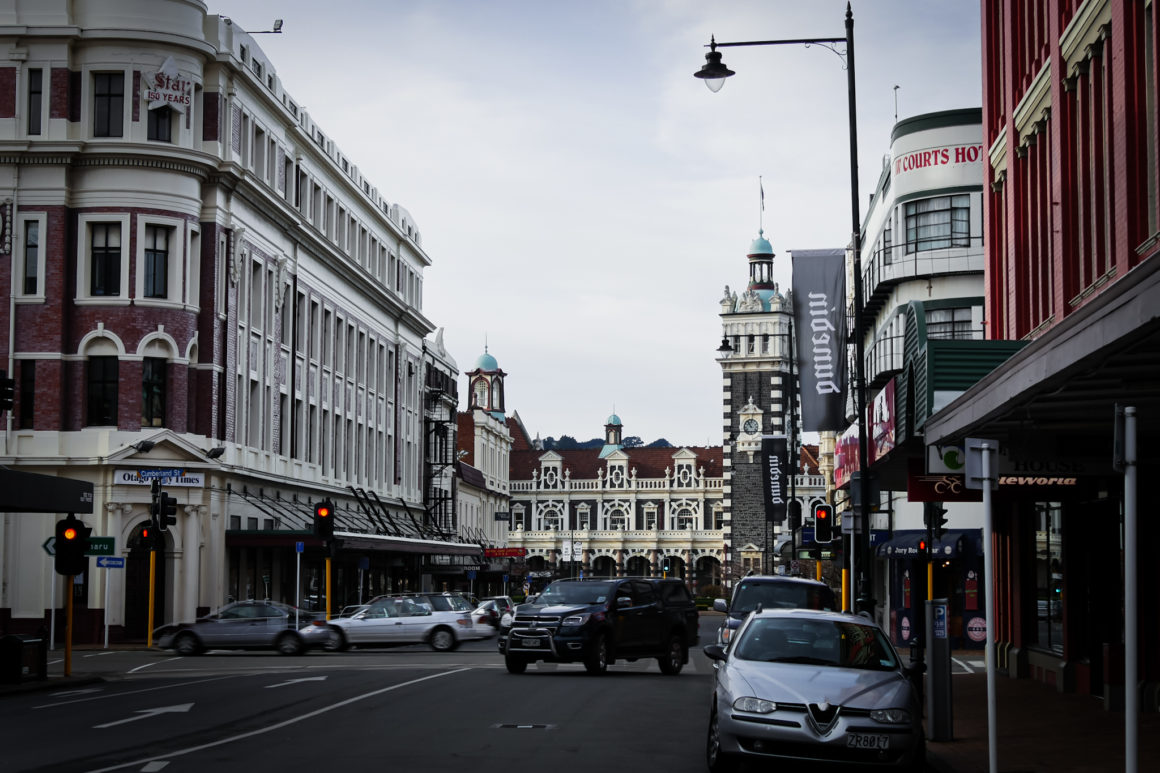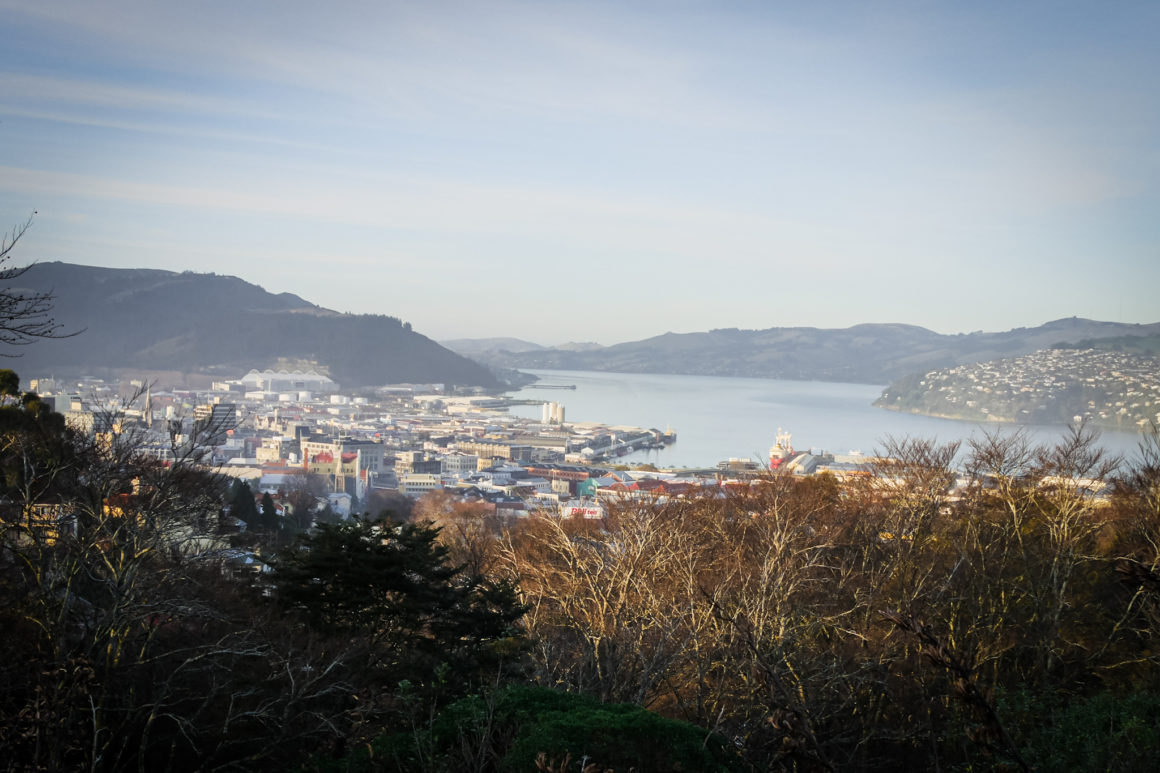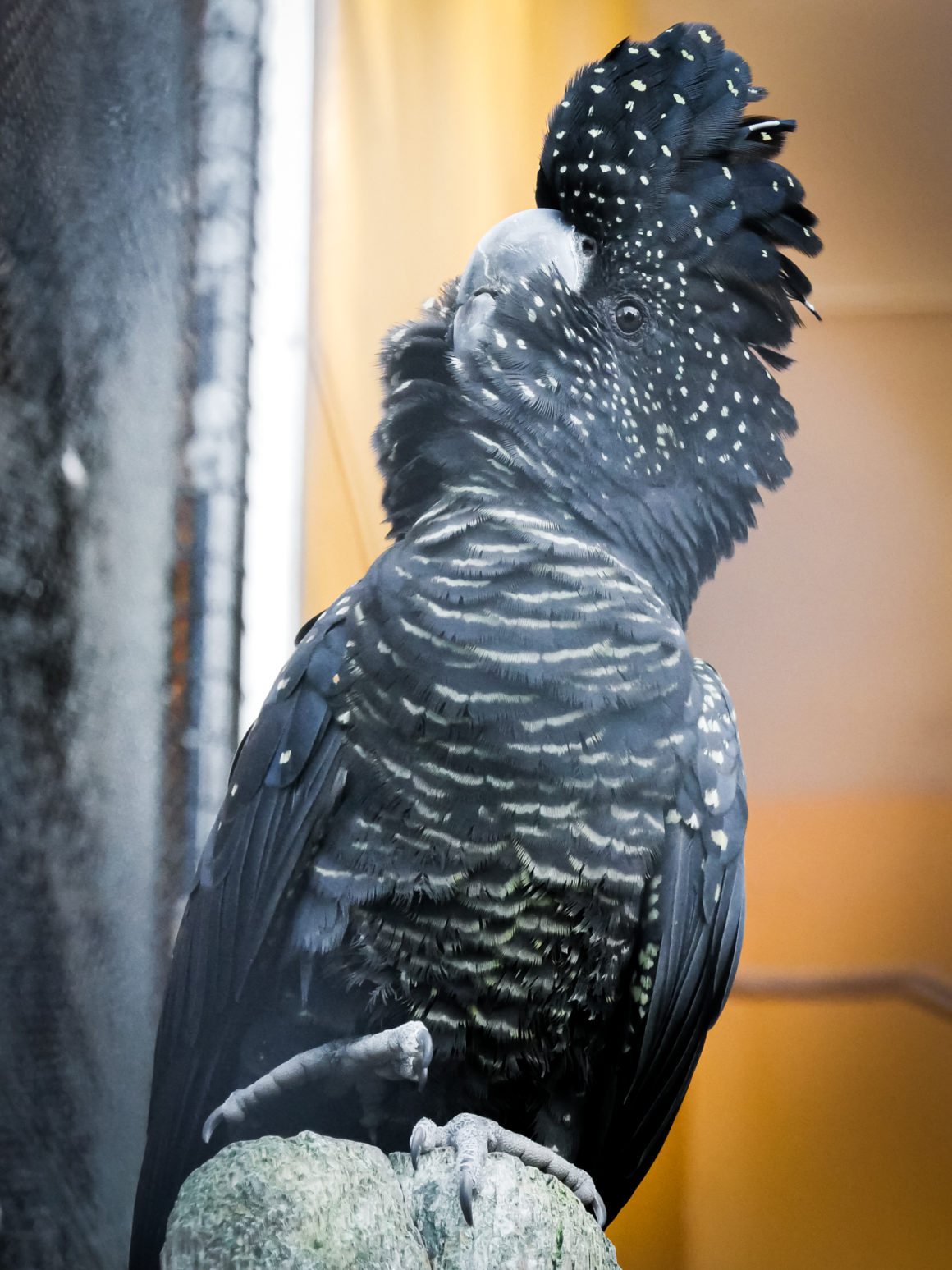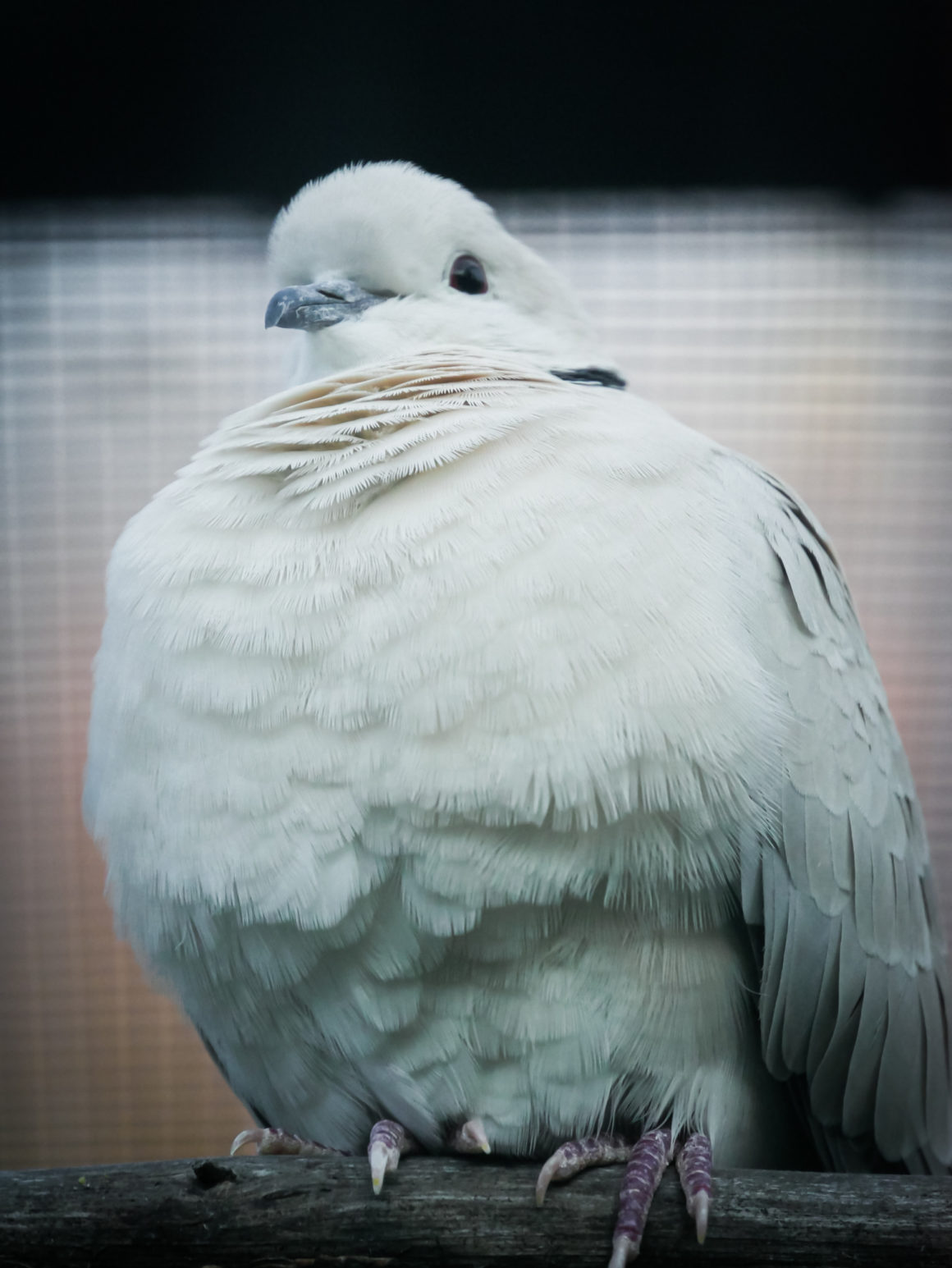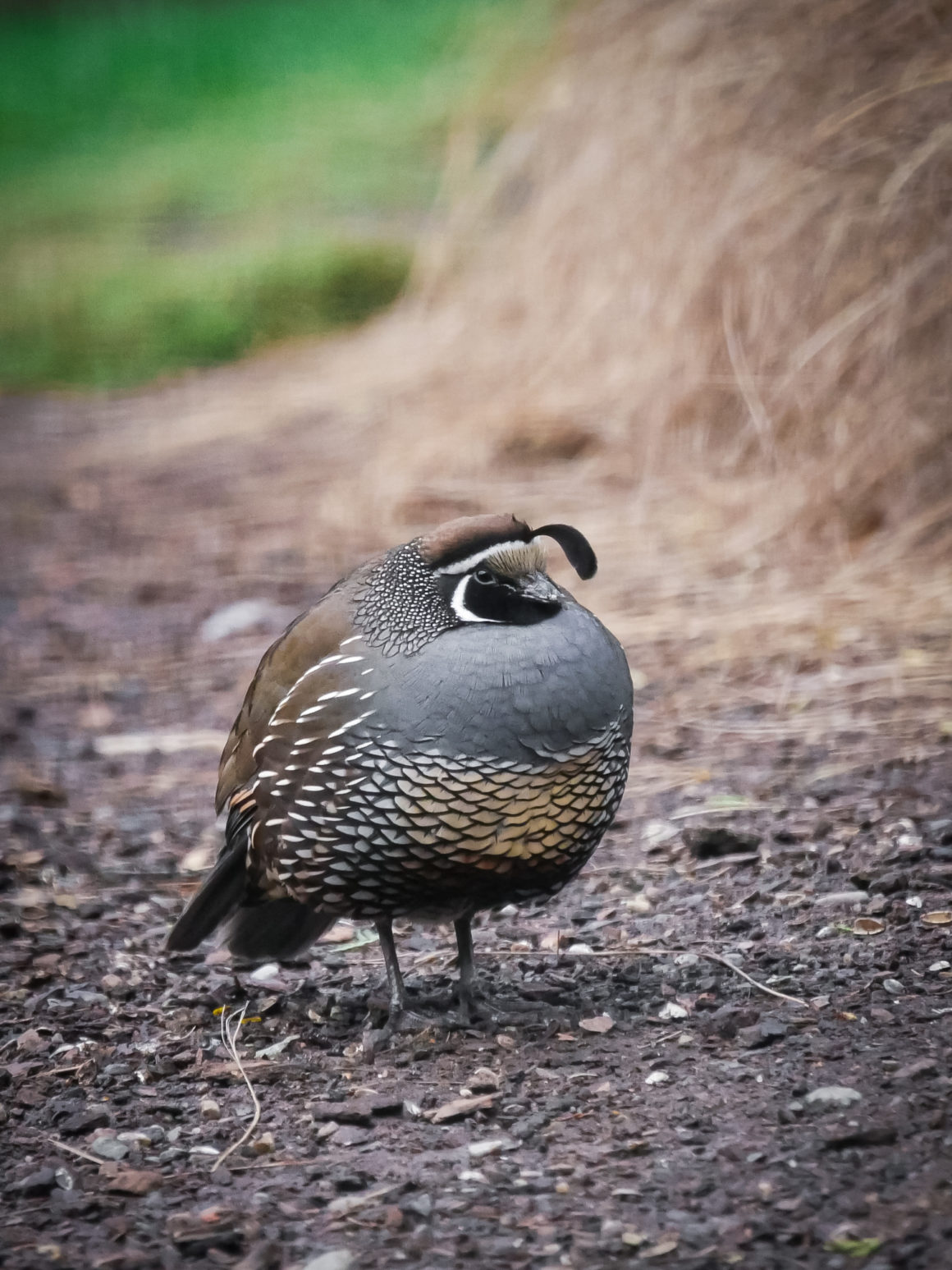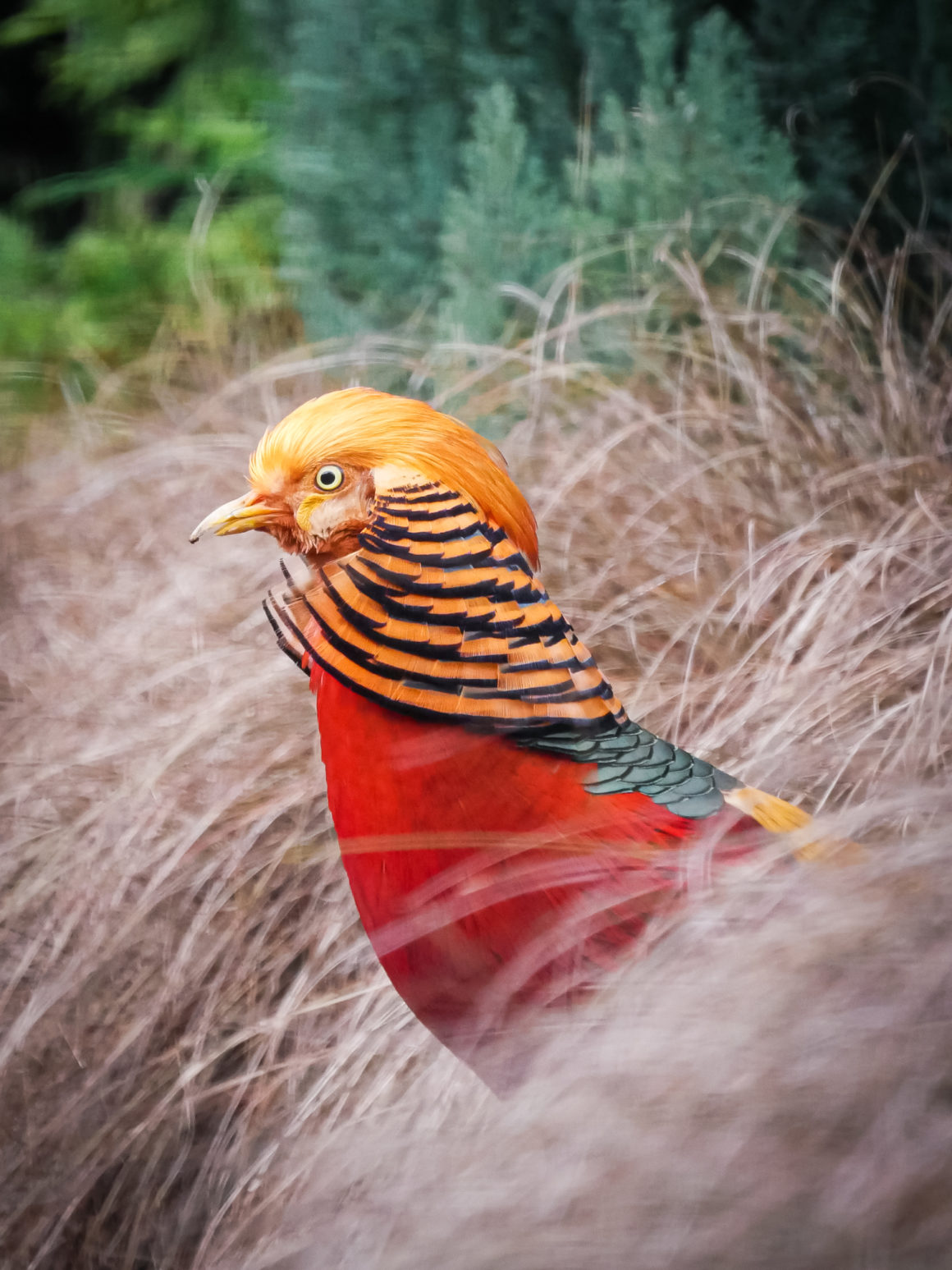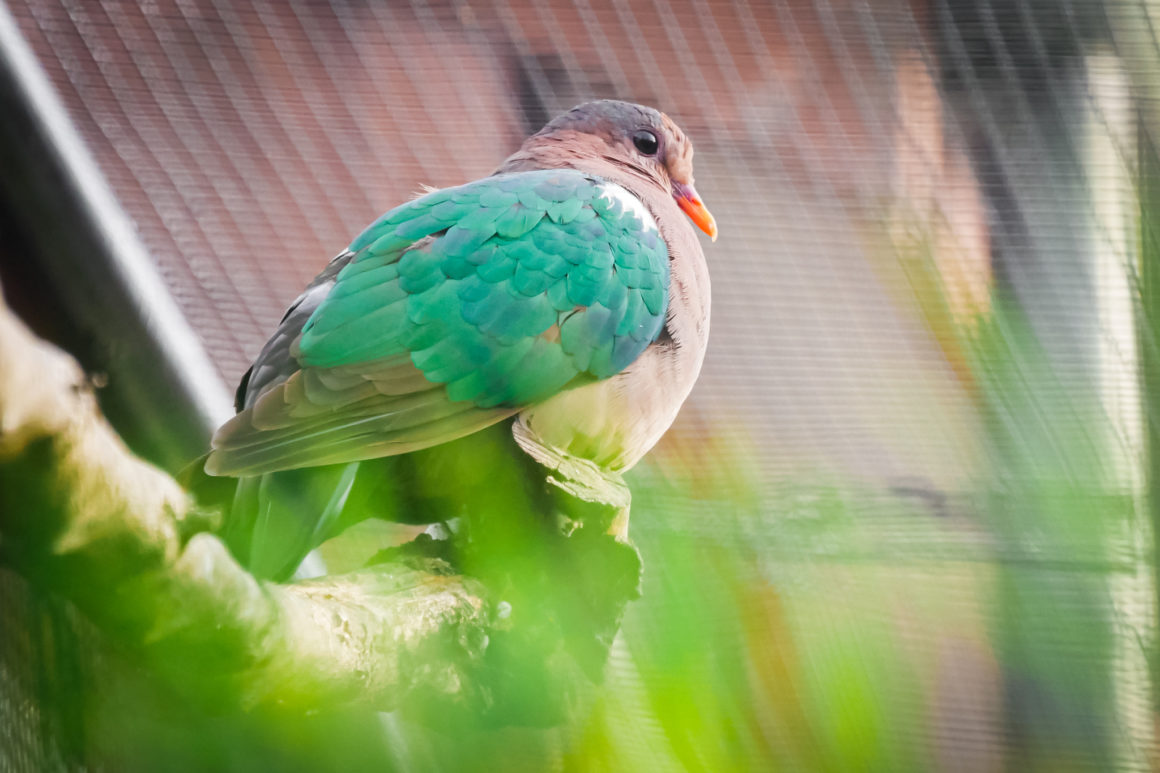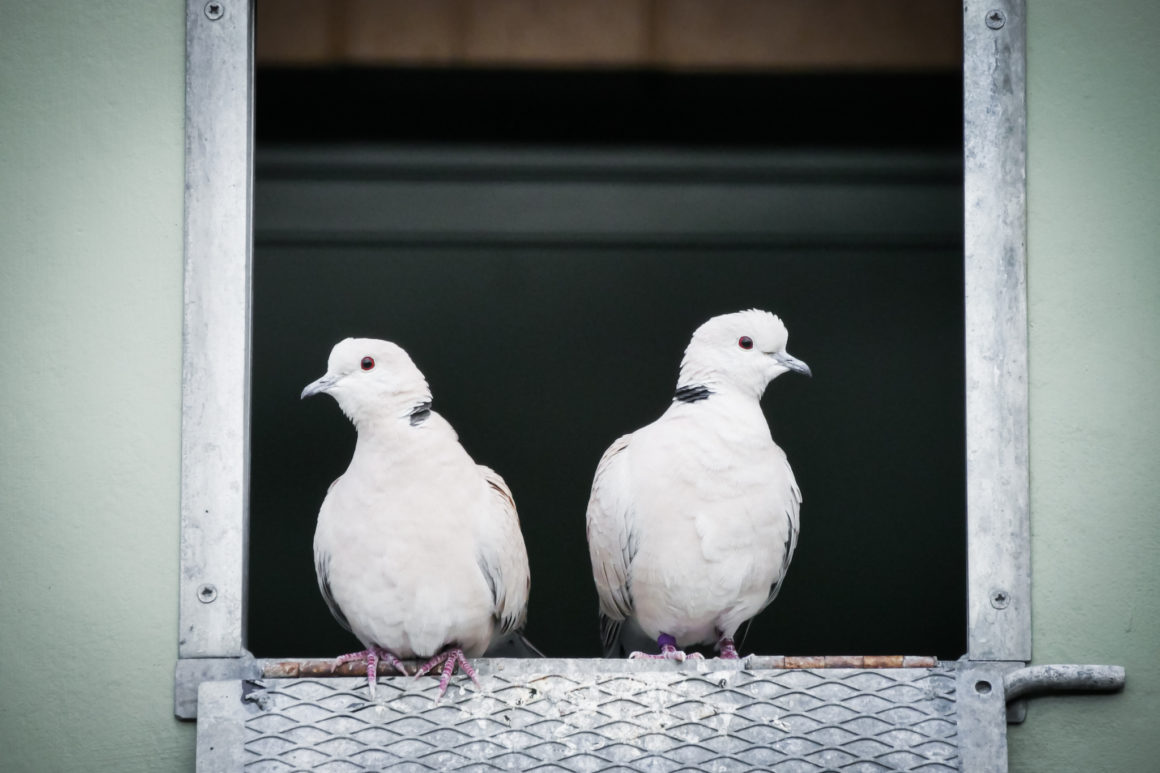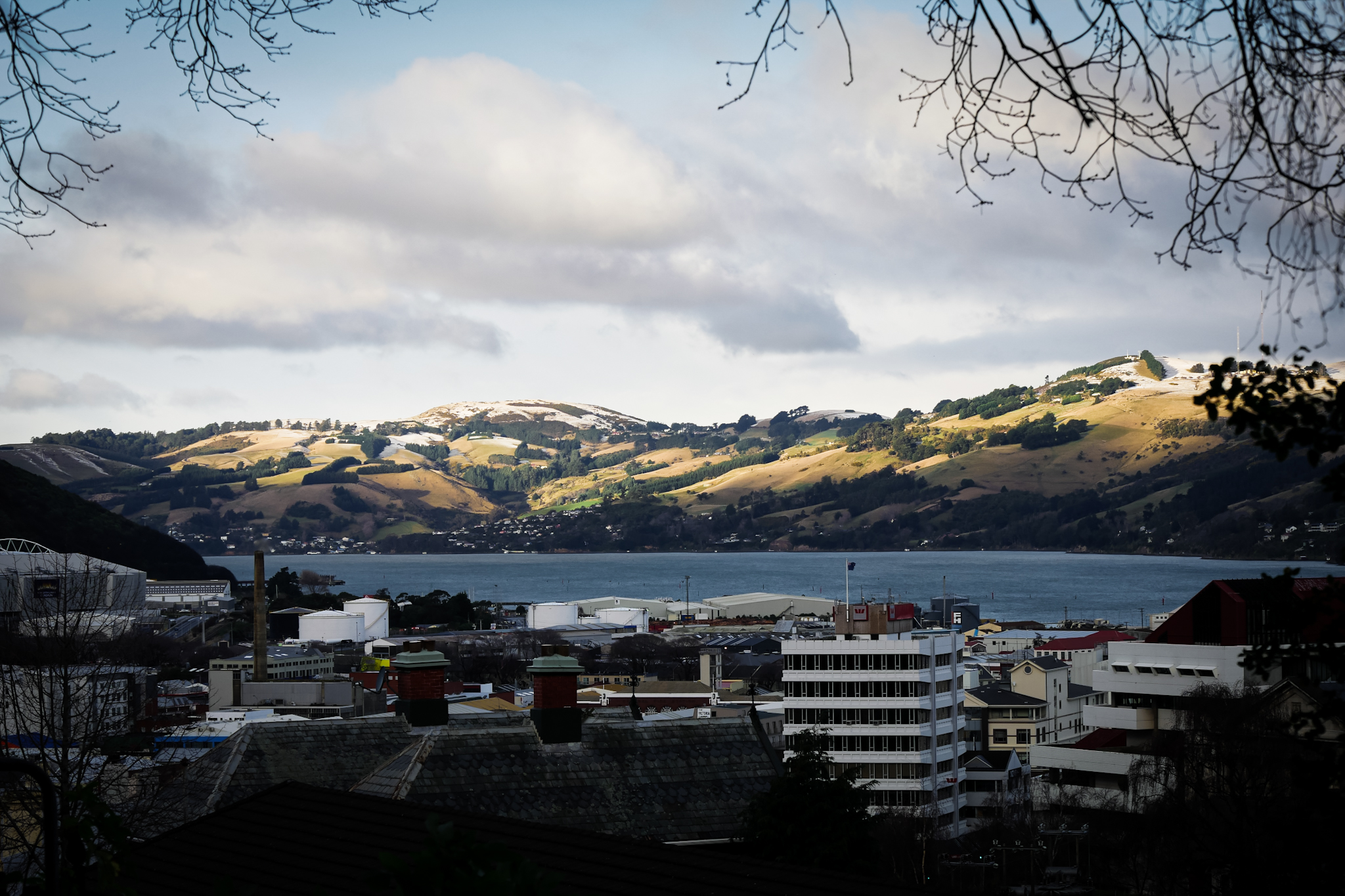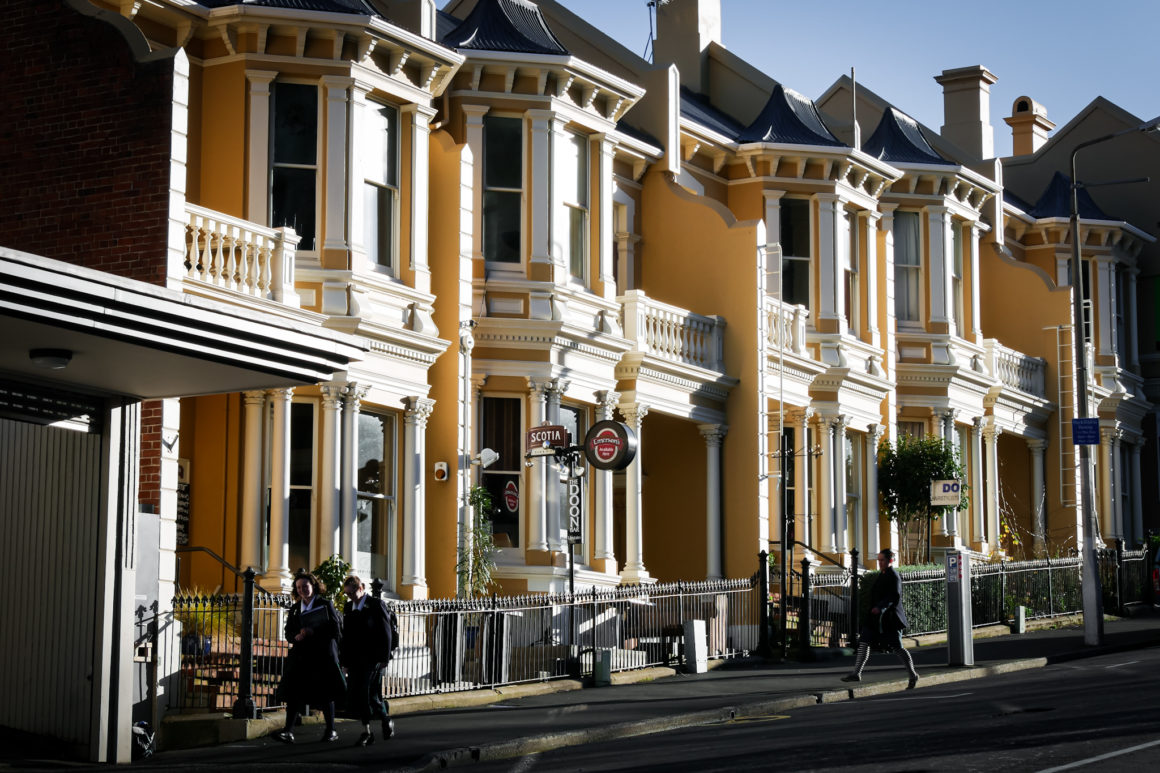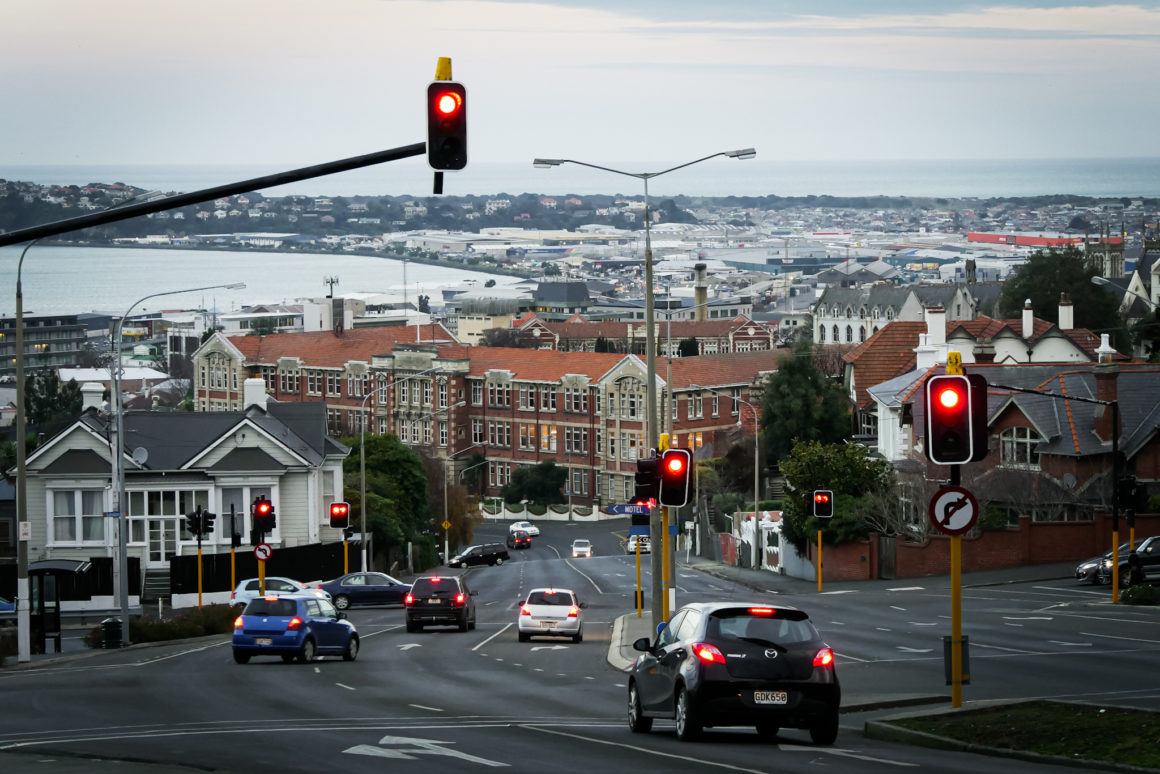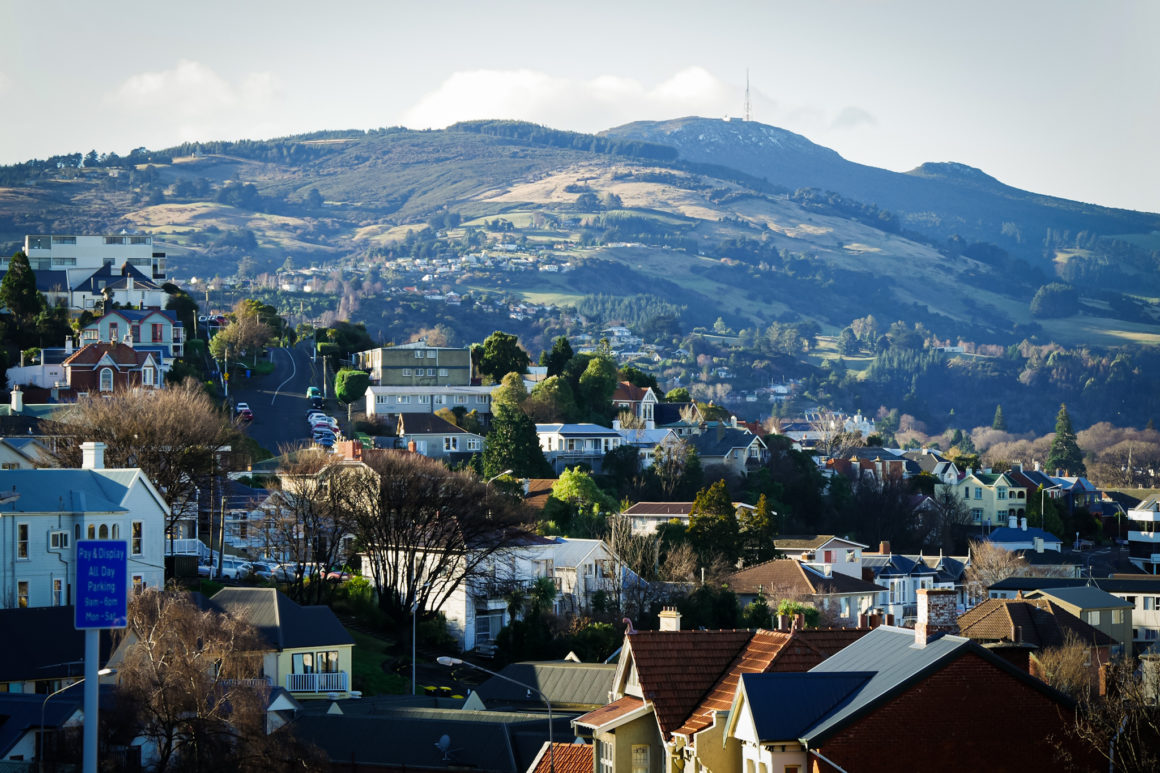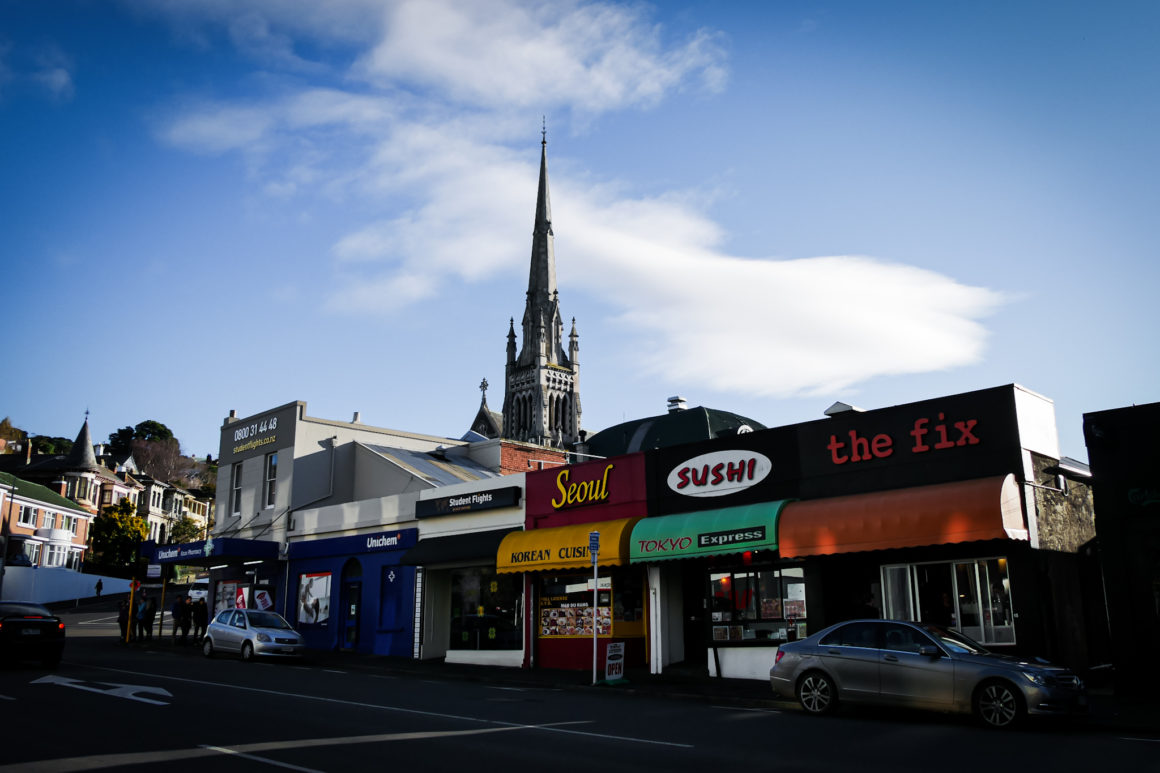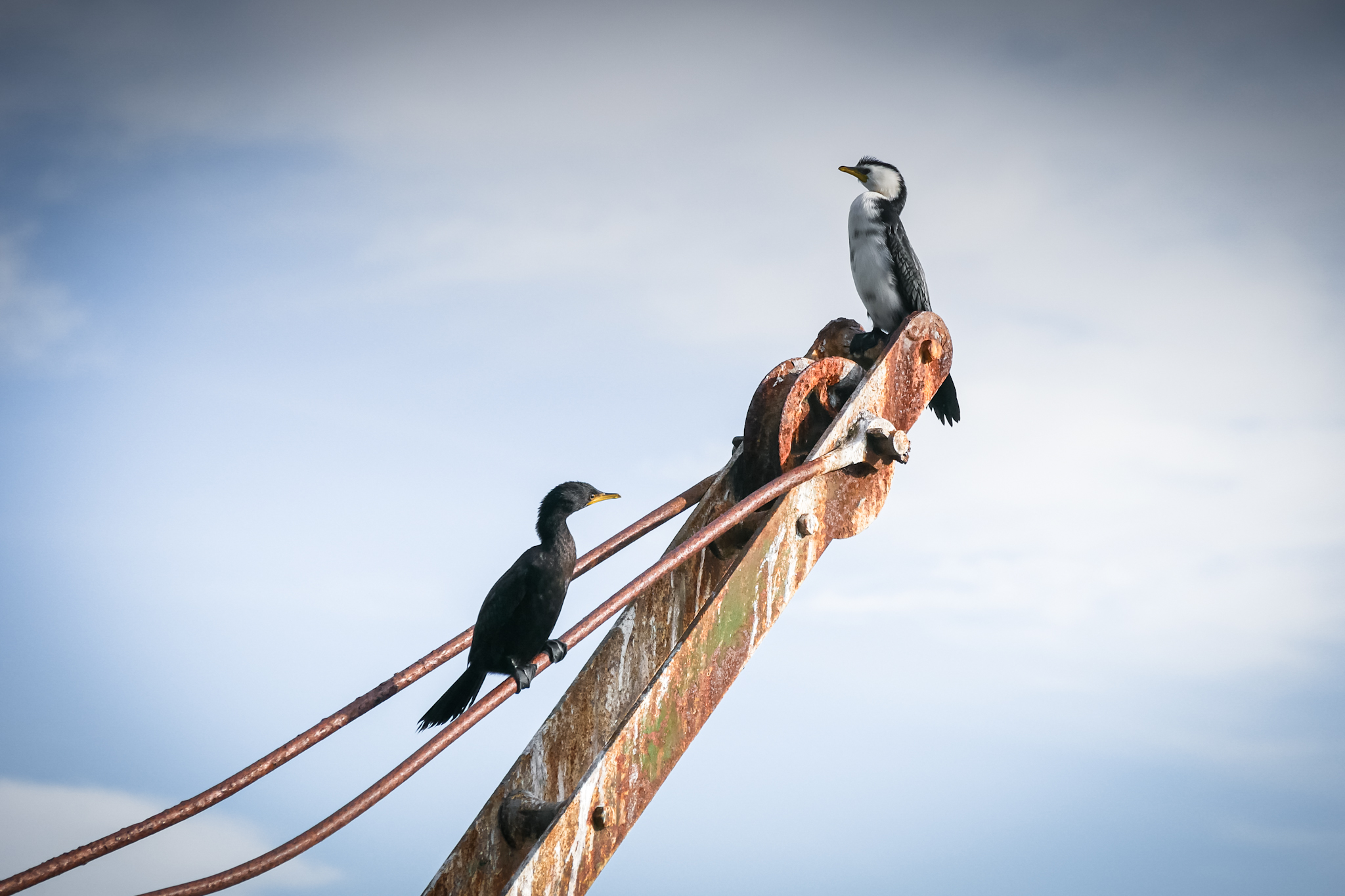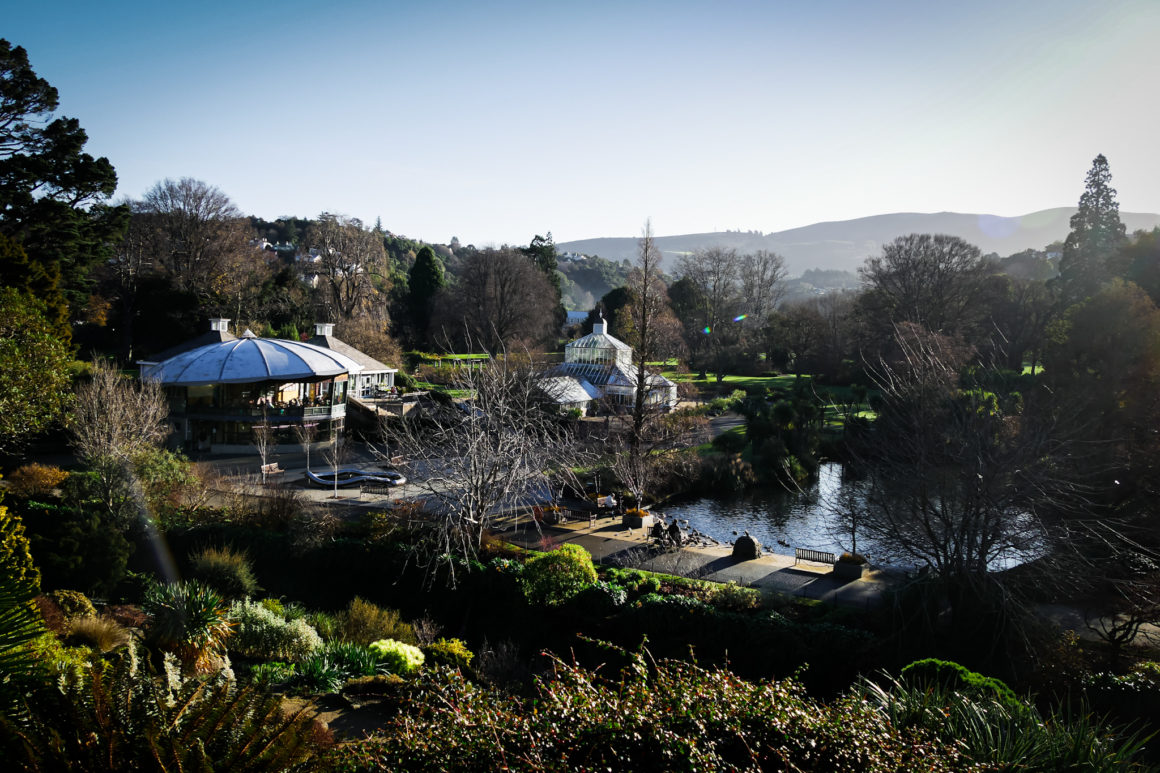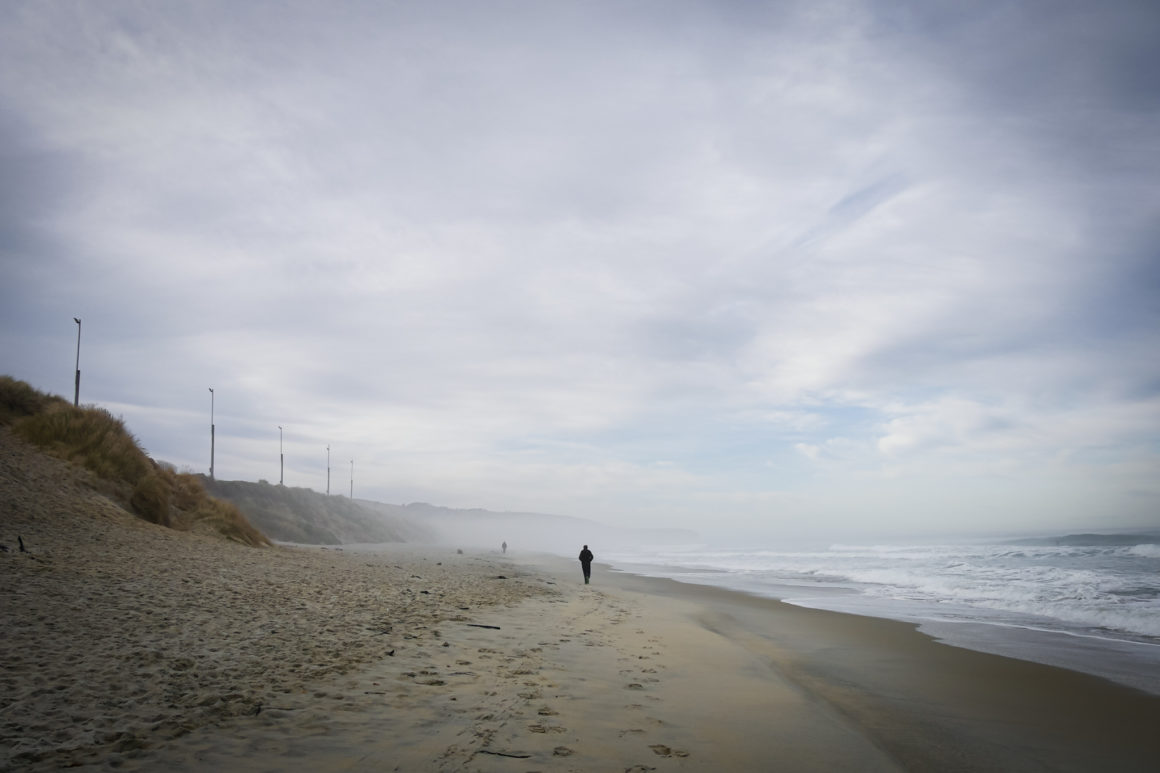DISPATCH
The plane drops me off after an hour’s flight in the middle of meadows lit by a pretty sun. Here I am on the South Island. Fields and meadows as far as the eye can see, large snowy mountainous areas, Fiordland to the south and a winter climate. Perfect for spending the next months. I take the time to eat lunch, my stomach screaming starvation and a strange headache pounding in my brain. Maybe it is due to the plane. Not many people in the airport and the shuttle bus connecting the airport to the city has already left. I discuss with another driver who agrees to make the trip for me all alone and at a reduced price. Lucky ! We chat along the way and I experience the New Zealand accent tinged with a Scottish accent. Very interesting. The rollover of the “r” makes all the difference! Indeed, Dunedin is considered to be the Scottish city of New Zealand. Capital of the Otago region, the city was founded in 1848 by a group of Scots. Its name is the Scottish translation of Edinburgh, the capital of Scotland. Dunedin developed thanks to the 1881 gold rush, bringing with it a huge mass of immigrants attracted to the region’s gold deposits. Today Dunedin is the second most populous city on the South Island. It has kept its Scottish atmosphere and attractive buildings with impressive architecture, but has traded its gold miners for a student population. The first university founded in New Zealand was in Dunedin in 1869.
I drop off my luggage at the hostel where I booked for a week, On Top Backpackers, located in the center and two minutes walk from the library (perfect for free wifi). My “roommates” have all been there for quite some time. Laura, an Irishwoman, working in one of the city’s pubs (Irish one) The Bog, for seven months already, arrives in the room. Mix of extravertism and cynicism, she has a very strong Irish accent that my ears have trouble deciphering. She quickly takes me around the inn and introduces me to the other roommates.
I leave the hostel and go to visit the city. Dunedin town center is mainly concentrated around The Octagon, an eight-sided square surrounded by pretty buildings. Friendly terraced houses line the surrounding streets and the train station is visible at the other end of the square. It gives me pleasure to finally see a city with architecture dating back over a century. Dunedin train station is the jewel of the city. Although modest in size, it is a very nice station. Designed by George Troup and inspired by the neo-Renaissance style, its architecture mixes beige limestone from Oamaru, blue stone from Otago, black basalt from Kokonga and pink granite. The roof tiles come from Marseille (Cocorico!) And the interior has a magnificent mosaic floor. Previously serving Christchurch (further north of the South Island), the station now serves only two tourist routes.
Walking in Dunedin requires good physical condition. The city is built on the hills surrounding the port and some streets are damn steep. Dunedin has the most street in the world: Baldwin Street, at 35% inclination! Living here during the winter must be quite a challenge. Frost and snow make a dangerous combination and the city has a record number of crashes during this time of year.
Like Wellington, I like Dunedin right away. The quiet charm of the city, its young and active population, its architecture, its location, the accent of the people. And then the proximity to nature. Dunedin is surrounded by the harbor with the magnificent Otago Peninsula which stretches out towards the sea. A whole bunch of mountains including Mont Cargill which can be seen everywhere with its antenna. A pretty seaside with the beaches of St Kilda and St Clair and steep cliffs. And a whole bunch of parks making up the Town Belt (green areas thought of as breathing spaces in the city).
One of Dunedin’s other assets is its Botanical Garden. Perfectly landscaped, located on a hill after the student quarter, the garden has a magnificent collection of plants including eucalyptus and conifers of impressive size. Snack sunbathing on the top of a hill while listening to the birds singing, a cool breeze on your face, the smell of pines in your nostrils, is heaven. The garden has a nice collection of aviaries with lots of beautiful birds. Although I much prefer the birds to be free, to be able to appreciate the vision a few centimeters from me of a Golden Pheasant, a Banksian Cockatoo or a Kereru (New Zealand pigeon) has something extraordinary. And this is an opportunity to bond. I spent almost thirty minutes in the company of a superb Red-tailed black cockatoo (black spotted with yellow) exchanging on life, relationships and commenting on the clothing style of people who passed (or at least that is the discussion I thought I had). Very interesting and very funny. I was also able to appreciate the vision of a Golden Pheasant and its courtship display. What dazzling colors. A real spectacle! During the display, the pheasant pursues the female, moves sideways to it and presents its deployed collar. but the pheasant in question must have been confused or torn by its hormones, because it was courting Colombine longup females (crested pigeon)! Not quite the same species. All Colombine females in the aviary were entitled to it! Damn determined the animal but unfortunately for him, his techniques were not very successful.
Besides the visits, I spent my first ten days in Dunedin taking care of administrative matters and organizing the rest of my trip. Bad news awaits me. To obtain my Working Holiday Visa, I must pass medical examinations. Having spent the past six months in Japan, I have to do a chest X-ray to certify that I do not have Tuberculosis. This is incongruous since I entered the country on a tourist visa and I did not do any medical examinations. Unfortunately, there is no way to avoid the medical appointment. I have two weeks to do the analyzes and send the results or I will see my visa get refused. So I go to a doctor to do routine maintenance and check up, get a blood and urine test and go to the hospital to have a chest X-ray. All for the modest sum of $600, non-refundable by my travel insurance. I had a hard time swallowing the pill!
And since bad news rarely comes alone, I realize that looking for work in Dunedin will be very complicated. Everyone had the same idea as me and most of the jobs are taken by the students of the city. So I start by redoing my CV in New Zealand format and go through the advertising sites. But from a legal point of view I cannot start working without my visa which should arrive in ten days. I then decide to do a wwoofing (volunteering work) while waiting for my visa and a job. The only wwoofing in the center of Dunedin is in a Hare Krishna center (a cult derived from Hinduism) where the job is to prepare vegetarian meals for students at Dunedin University. Although the sectarian aspect puts me off a bit, the experience seems interesting and it suits my needs for the next two weeks.
To counterbalance these disappointments, I find Sophie, the young French girl I met in Auckland. She is on a four-month internship at Dunedin University and is studying Alzeihmer’s disease. She lives in the Manor House Backpackers, a youth hostel much friendlier and warmer than mine. The hostel is located as its name suggests in a large and old house, full of charm and I spend several afternoons and evenings in the company of Sophie and the “inhabitants” of the Manor House. Saturday July 9, I finally leave my hostel to go to the Hare Krishna center where I was accepted to volunteer. It is pouring rain and by the time U go up on foot and loaded with my backpacks I arrive completely soaked at the “temple” Hare Krishna, a large barrack dedicated to the community. Here I start my first New Zealand volunteering.

